Low Histamine Diet: Food List & 3-Day Meal Plan
This article includes information about getting started on a low histamine diet to help manage troublesome symptoms. Learn which foods are high in histamine and which foods can be enjoyed on a low histamine diet plan. I’ve also included a 3-day Low Histamine Diet Plan to help get you started.
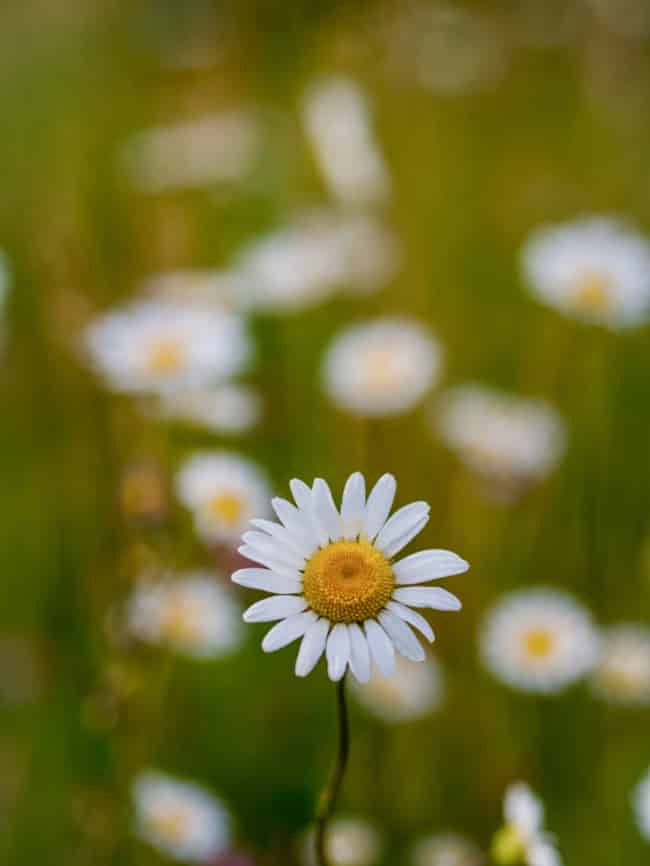
What is Histamine?
Histamine is a neurotransmitter involved in several of the body’s processes including the immune system and nervous system.
As part of the immune system, mast cells and histamine trigger your body’s inflammatory response when it sense irritants like pollen or dander. Histamine dilates your blood vessels and sends white blood cells to the site of inflammation.
Histamine is broken down by the N-methyltransferase enzyme in the central nervous system and by the diamine oxidase (DAO) enzyme in the digestive tract.
Since DAO is responsible for metabolizing the majority of ingested histamines, a deficiency of this enzyme can contribute to symptoms of histamine intolerance.
Histamine intolerance occurs when you have a buildup or overproduction of histamine and are unable to fully break it down.
If too much histamine builds up in the body, then troublesome symptoms including food intolerances, allergic reactions, and food allergies can occur.
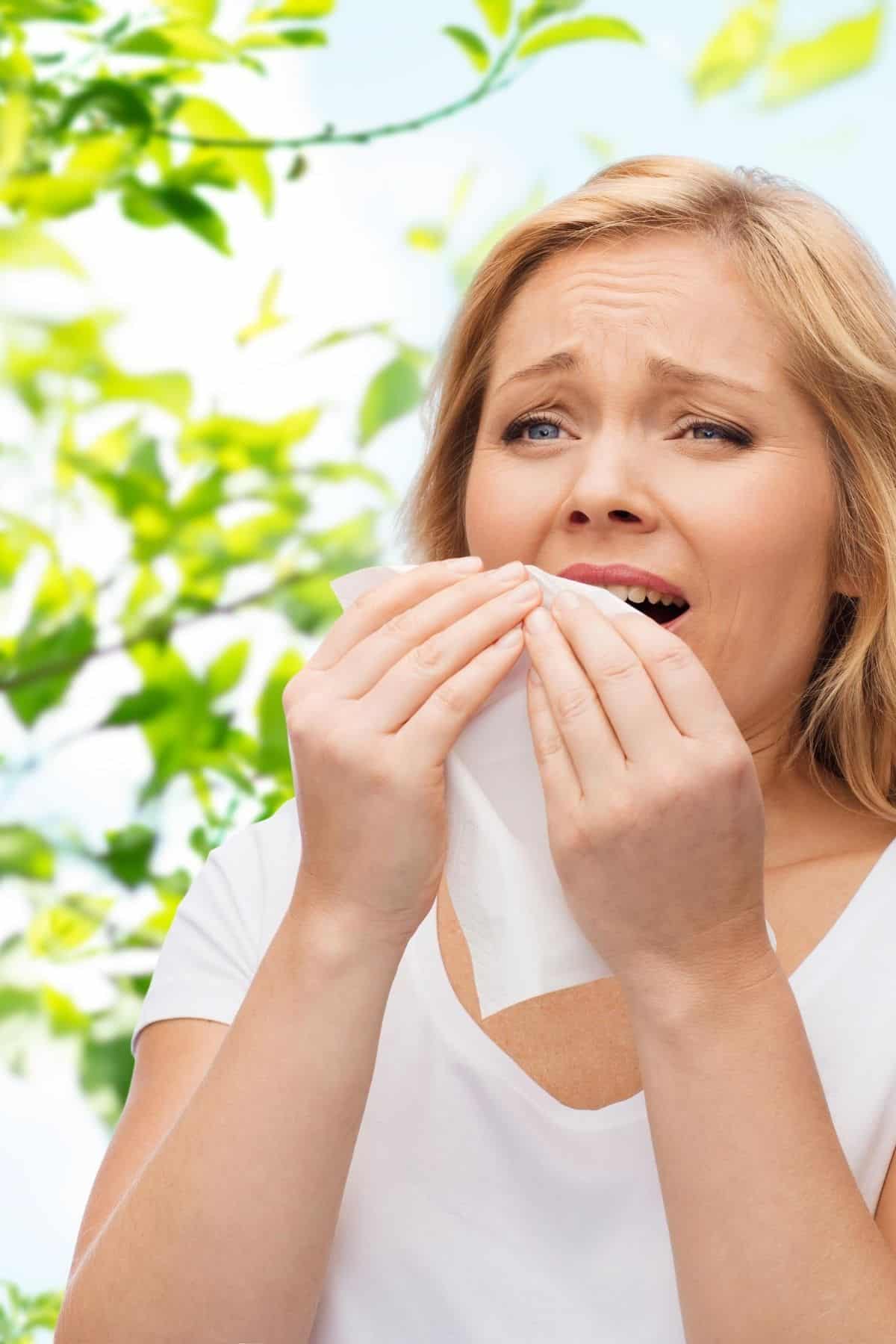
Signs You Need a Low Histamine Diet
Issues with histamine sensitivity and histamine intolerance can have a wide range of symptoms.
The majority of people with histamine issues experience symptoms such as:
- Itchy skin, watery eyes, or hives (similar to symptoms of seasonal allergies, allergy symptoms, or an allergic reaction)
- Accelerated heart rate
- Nasal congestion or runny nose
- Irregular menstrual cycles
- Difficulty falling asleep or staying asleep
- Abdominal cramps or other digestive issues
- Dizziness
- Anxiety
- Headaches and migraines
One of the most common and effective ways of dealing with histamine intolerance or high histamine is to go on a low histamine diet or an elimination diet.
What is a Low Histamine Diet?
A buildup of histamine can happen due to an excess of your body’s natural production of histamine (produced by a species of bacteria found in our guts) and from overconsumption of histamine-releasing foods.
A low histamine diet may not completely solve a sensitivity or intolerance to histamine or address the root cause, but it can help reduce histamine in the body and possibly provide symptom relief.
A combination of healing your gut and following a low histamine diet can resolve histamine intolerance for many people. You may need to seek medical advice to help determine exactly why you are experiencing a higher than normal release of histamine or a reaction to excess histamine.
Read more about histamine intolerance and how to naturally clear histamine from the body.
You may also want to check out my list of the best natural antihistamine foods.
Again, going on a low-histamine diet may not cure the root cause of the intolerance, but it should help manage the symptoms.
It’s always a good idea to check with your doctor to make sure that your symptoms aren’t the result of something more serious. A functional medicine doctor can also help you find the root cause of your histamine issues.
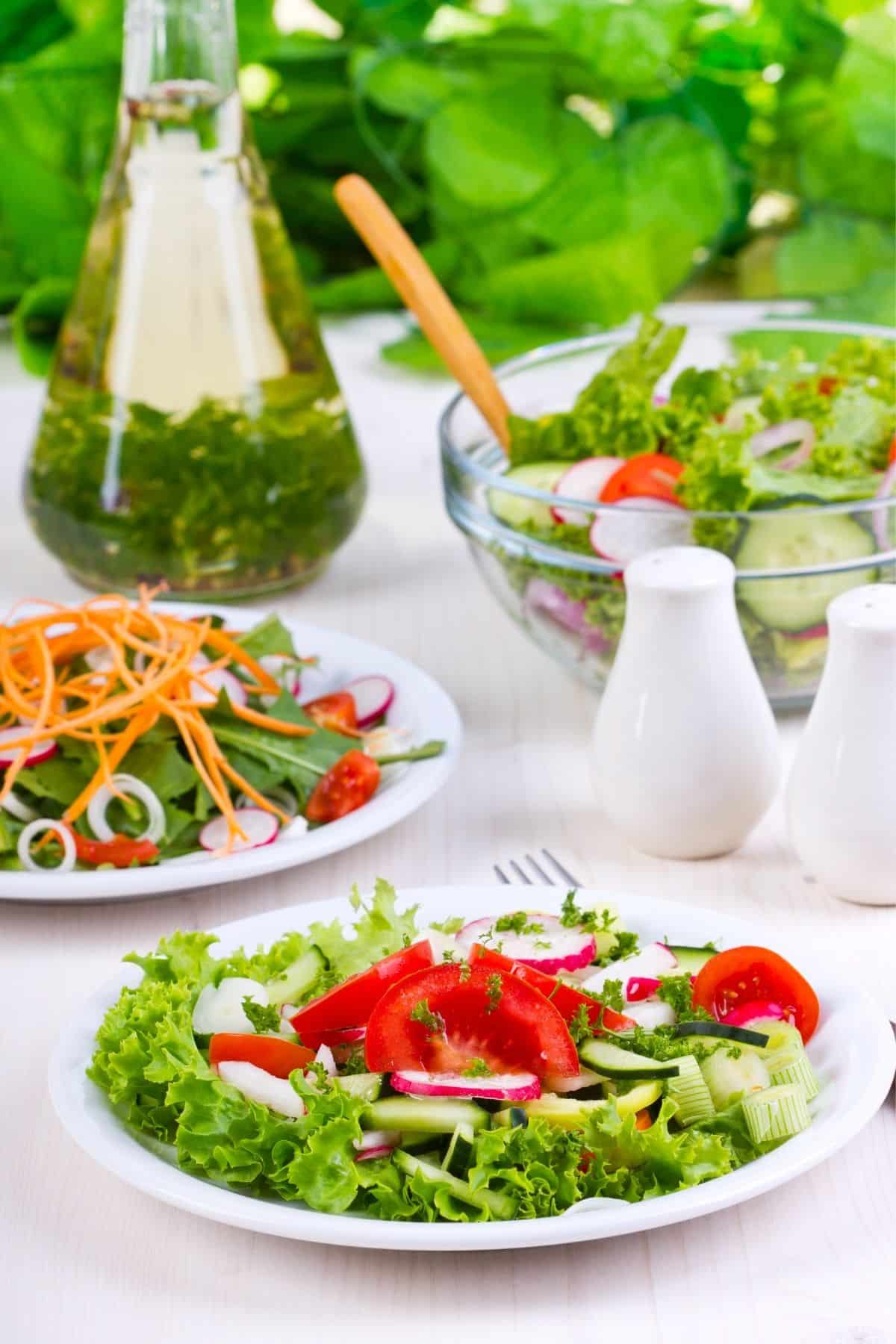
What are High Histamine Foods to Avoid?
When starting with a low-histamine diet, you’ll want to know the high histamine foods (including histamine-rich foods and histamine liberators) that you need to avoid.
In general, you’ll want to avoid foods that have been naturally preserved in some way, such as through fermentation, souring, drying, smoking, or curing.
Keep in mind that a low histamine diet may be different from person to person.
But, in general, here is a list of foods you may want to avoid on a low-histamine diet:
- Alcohol and fermented beverages (especially red wine and kombucha)
- Citrus fruits, bananas, avocado, and dried fruit. Strawberries can also be high in histamine
- Pineapple and papaya
- Fermented foods (kimchi, sauerkraut, yogurt, kefir, etc.)
- Soured foods (sourdough bread, buttermilk, etc.)
- Aged cheese and cow’s dairy products
- Chocolate, cocoa, and cacao (see my article with the best substitutes for cocoa powder)
- Processed, cured, smoked, or leftover meats
- Vinegar and vinegar containing foods (pickles, relishes, etc.)
- Teas (green, black, mate)
- Spinach, eggplant, and tomatoes
- Artificial food colorings and preservatives
- Seafood (fin or shellfish, in any preservation such as canned, smoked, etc.)
- Spices such as curry, cayenne, chili, cloves, cinnamon, and nutmeg
- Yeast and yeast-risen breads
- Green beans and other legumes, including peanuts
While it can seem very restrictive to avoid high-histamine foods, there are still plenty of nutritious foods to enjoy.
Low Histamine Food List
While a low histamine diet may feel restrictive, there are plenty of foods that you can still enjoy.
Here is a list of low histamine foods:
- Olive oil and coconut oil
- Freshly cooked meats and poultry
- Fresh-caught seafood (you may need to avoid shellfish)
- Cooked eggs (be mindful of the whites if you are particularly sensitive)
- Grains such as rice, quinoa, and buckwheat
- Dairy-free milks like almond milk, hemp milk, etc.
- Freshly ground spices (avoiding curry, cayenne, chili, cloves, cinnamon, and nutmeg)
- Pure nut butters and seed butters without preservatives
- Carob as an alternative to cocoa
- Coconut products (coconut oil, coconut butter, coconut meat, coconut milk)
- Hemp, chia, and flax seeds
- Herbal teas such as chamomile
Low Histamine Fruits
- Apples
- Pears
- Pomegranates
- Plums
- Cherries
- Grapes
- Peaches
Low Histamine Vegetables
- Leafy herbs and greens (excluding spinach)
- Fresh and cooked vegetables (excluding spinach and tomatoes)
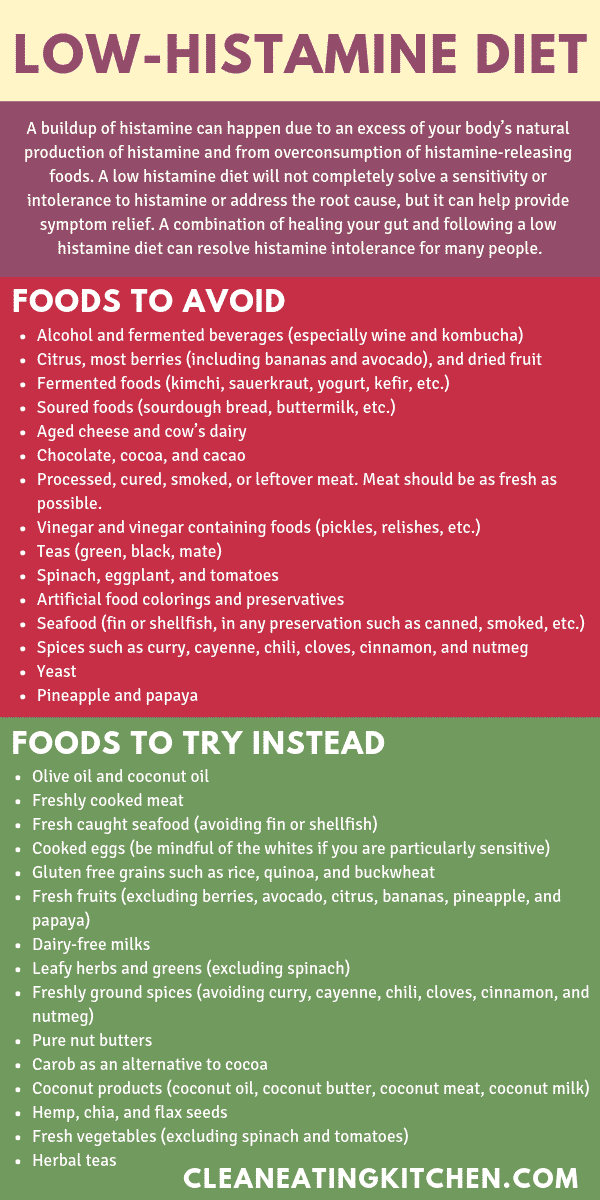
Low Histamine Diet Plan
Keeping the above lists in mind for both low and high histamine foods, here is a 3-day sample menu or meal plan for a low histamine diet.
Feel free to make adjustments to meet your individual needs. You may also wish to work with your healthcare provider or a registered dietitian who can ensure that you meet your nutrient needs, even on a restricted diet.
Day One
Breakfast: Sweet Potato Smoothie replacing frozen mango for the frozen banana
Lunch: Turkey Meatloaf Muffins with a side salad
Dinner: Instant Pot Chicken Rice Soup (you may wish to omit the onion)
Snacks or Dessert: Vitamix Mango Sorbet
Day Two
Breakfast: Overnight Protein Oats
Lunch: Instant Pot Chicken Rice Soup (you may wish to leave out the lemon juice)
Dinner: Baked Pork Meatballs served with your choice of pasta
Snacks: Whole30 Chia Pudding
Day Three
Breakfast: Mango Peach Smoothie
Lunch: Healthy Tuna Pasta Salad
Dinner: Chicken Broccoli Rice Casserole
Snacks: Ambrosia Salad or Frozen Grapes
See my full list of the best Low Histamine Snacks to Enjoy.
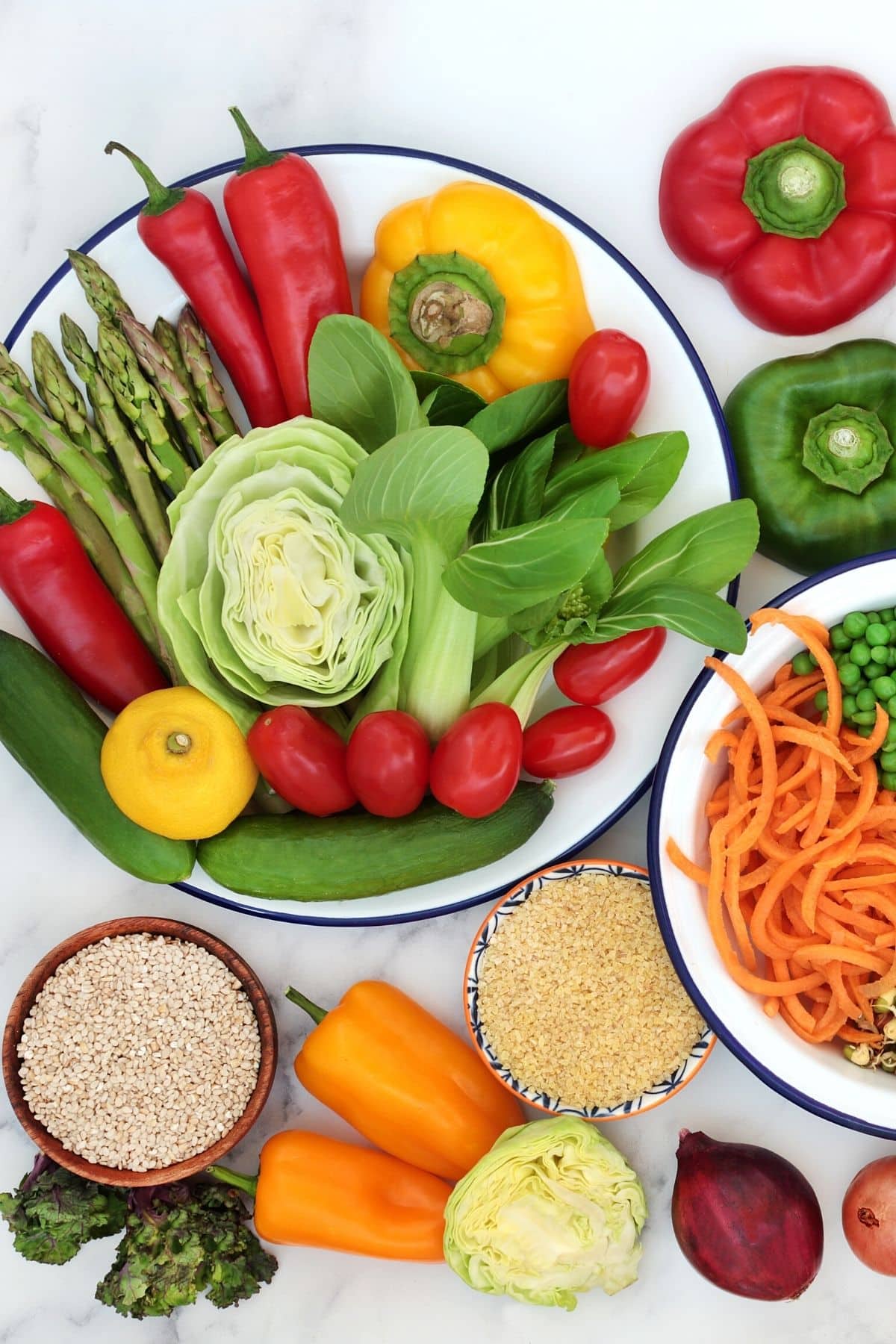
Low Histamine Foods & Diet FAQs
It’s best to focus on a nutrient-dense whole foods diet for overall health. This means cooking at home and avoiding foods that are high in preservatives. See the list above for low-histamine foods to incorporate.
You can also enjoy all the snacks on this list of the Best Low Histamine Snacks.
If you’re new to cooking at home, then you might want to check out my collection of posts on Clean Eating Basics. You’ll find articles on the healthiest cookware, best clean eating websites, best healthy YouTube channels, clean eating on a budget, and more.
There is not a lot of research on coffee and histamine. But, at least one animal study showed an increase of histamine levels after consumption of caffeine. There is also anecdotal evidence that caffeine may reduce DAO levels, the enzyme responsible for breaking down histamine. So, it is best to ask your doctor or healthcare provider whether or not coffee is okay for you to drink on a low histamine diet.
Probably not. This is because alcohol is another food that blocks DAO, which will inhibit the breakdown of histamine in your body.
Alcoholic beverages are also usually fermented, which is another class of foods to avoid on a low histamine diet. As always, please discuss this issue with your healthcare provider.
Not necessarily! While it may take a few weeks for your histamine symptoms to calm down, you may not need to eat a low histamine diet forever. Changes in hormones, gut health, stress levels, and other factors can impact your body’s ability to tolerate histamine.
Keep a symptom journal so that you can identify which foods or activities lead to symptoms of histamine intolerance, and which foods and activities help your symptoms.
Freshly cooked and immediately consumed meat is generally lower in histamine. Meats that have been aged, smoked, or fermented tend to have higher histamine levels.
Coffee itself does not naturally contain histamine. However, depending on its processing and storage, coffee can stimulate the release of histamine in the body or contain histamine-producing bacteria. You may wish to try herbal tea or herbal coffee instead while you are on a low histamine diet.
Potatoes are not naturally high in histamine. However, if they are stored for extended periods or begin to sprout, they might accumulate higher levels of biogenic amines, including histamine.
More Histamine & Health Resources You May Find Helpful
Conclusions
A low histamine diet may help with symptoms of high histamine or histamine intolerance. When following a low histamine diet, choose foods that are low in naturally-occurring histamines and foods that are not fermented, cured, or processed in a way that increases histamines. It is also important to note that the research is still developing regarding histamine intolerance and how to best treat it.
Don’t forget to join my newsletter list to get exclusive clean eating recipes and tips. The newsletter is 100% free with no spam; unsubscribe anytime.
About the Author: Carrie Forrest has a master’s degree in public health with a specialty in nutrition and is a certified holistic nutritionist. She is a top wellness and food blogger with over 5 million annual visitors to her site. Carrie has an incredible story of recovery from chronic illness and is passionate about helping other women transform their health. Send her a message through her contact form.
Note: this post is for informational purposes only and is not intended as medical advice. Please consult your healthcare provider for recommendations related to your individual situation.


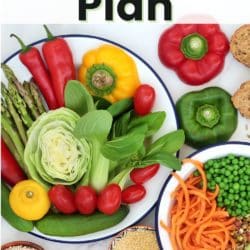
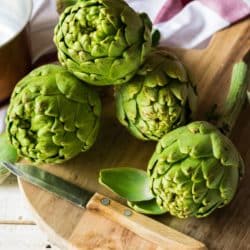
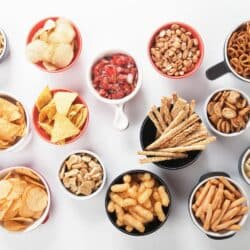

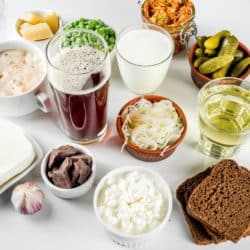



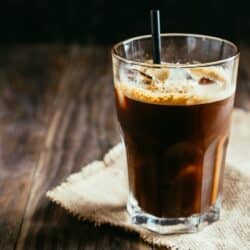
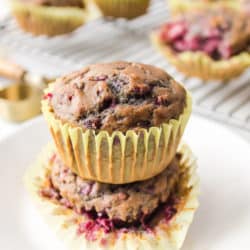
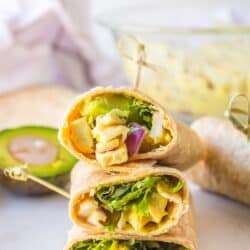








Ambrosia salad is histamine free? I thought no pineapples…no bananas…?
I will make this tomorrow for my breakfast, but will make it 4 servings and add some more protein to this since I am a diabetic. I have a severe skin disorder and severe allergies to food, preservatives,environment animals and bugs. I’ve been reacting since May with no relief from wilts, rashes, hives which are so itchy. Its frustrating when Drs don’t understand an just think its all in a persons head when they tested you. I hope this will help me get some relief soon. Has anyone tried other diets like low fodmap,and others. The elimination diet helped me find some of my intolerances to food ifems.
Banana are very high in histamine.
Hi, the 3 day sample of a low histamine diet contains a recipe with curry, I am confused. Is curry ok?
This article is great except for the fact your three day low histamine diet has high histamine foods in most the items. For someone struggling to figure out what to eat, this is very frustrating!!!
Which ones?
Hi Carrie,
Thank you for sharing this information. Just a couple years ago, it was very hard to find anything online and a lot of what was available wasn’t consistent from site to site.
Some of the recipes from that include restricted foods are: Sweet Potato Smoothie (peanut butter, cinnamon); Turkey Meatloaf Muffins (ketchup=tomatoes); Instant Pot Chicken and Sweet Potato Dinner (cinnamon, canned tomatoes, lemon/lime juice); Healthy Tuna Pasta Salad (canned tuna, mayonnaise=vinegar, yogurt, lemon juice).
I’m no expert; I’m just going by the lists provided above. I haven’t read through all the recipes, but the ones I’ve read so far sound delicious. Thanks again for sharing the info. Kind regards.
Also meant to write, thanks for sharing this information for FREE! Most of us are so used to getting info for free online, we forget that once we used to have to buy a book (or borrow one from the library)!
I noticed this to but will just elimination the items on the don’t eat for 3 days. I might have to follow this for week or so and get some other website recipes on low histamine.